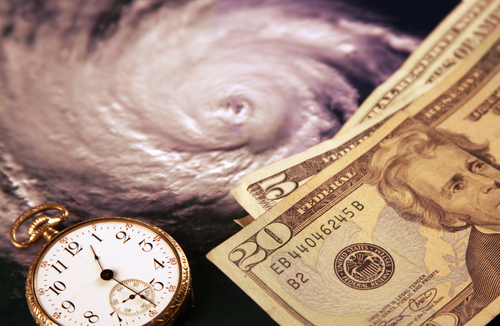The annual World Economic Forum (WEF) kicked off yesterday in Davos, Switzerland, welcoming more than 2,500 business leaders, politicians and social activists.
A laundry list of issues awaited those in attendance, from the global economy to Eurozone debt to responsible capitalism to preventing the next financial crisis.
These issues, along with several others, are what prompted the WEF to form the Risk Response Network (RRN), “to better understand, manage and respond to complex, interdependent risk.” In response to the new RRN, Kevin Steinberg, chief operating officer for the WEF in the United States commented:
“Over the past several years, the world has been very reactive. If you look at the number of crises that have hit from financial to social to economic ones, almost everybody has felt they’ve been trying to avoid falling off the cliff.
buy albenza online cosmeticdentistrywilton.com/wp-content/uploads/2023/10/jpg/albenza.html no prescription pharmacyOne of the moods we’re starting to see here in Davos is the sense we need to be more proactive. We need to think about risk not only in terms of responding to events after the fact but structuring our thinking before, being prepared.”
The RNN will be comprised of risk officers from top corporations, governments and global risk regulating bodies who will draw from the WEF’s own knowledge and insight with the aim of helping decision-makers better understand risks and respond to them proactively. The project also involves WEF-led partnerships that mobilize rapid response teams after disasters.
In other news from Davos, insurers became the topic of conversation when the question was raised as to whether large insurers should be included in a shortlist by regulators “for big players in need of more safeguards to avoid posing a threat to the whole financial system” These “big players” are known as Systemically Important Financial Institutions (SIFIs), and even though it has been said time and time again that insurance companies are not inherently systemic, the questions arises yet again. Needless to say, insurance execs at the WEF resisted being grouped as a SIFI.
“I don’t see any reason to elevate the status of insurers in a way that they are systemic,” said Dieter Wemmer, Chief Financial Officer at Swiss insurer Zurich Financial Services. Sometimes the word systemic is being used very loosely and we should understand what it means.”
‘Round and ’round we go…

